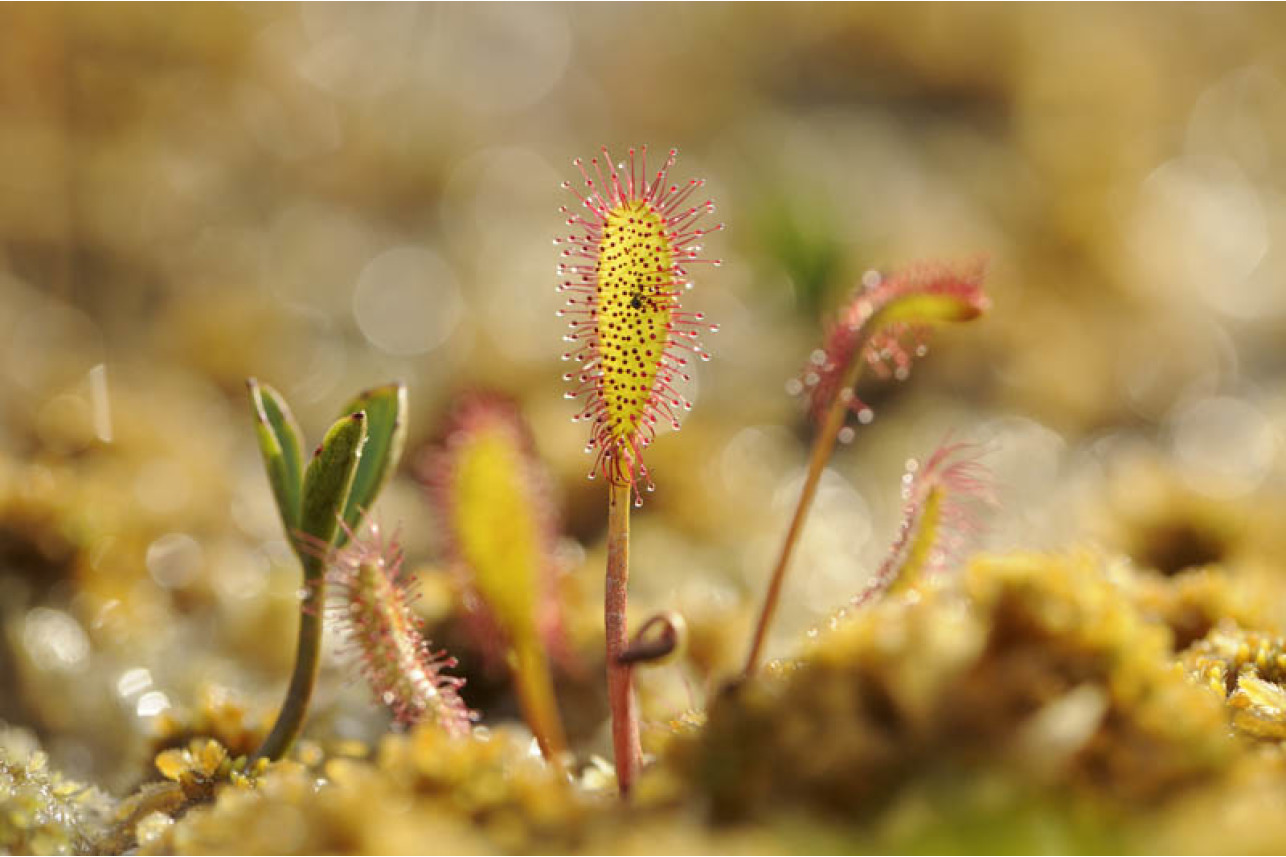Interview: Paul Webster
Walkhighlands invented the quirky ‘bog factor’ rating system to shine a light on peatlands and help prepare walkers for their outdoor ventures. Founder Paul Webster explains how it began and how it has evolved.
Walkhighlands has been walking the walks of Scotland for many years, giving each a Bog Factor rating along the way. The Bog Factor helps to prepare people for the soggier aspects of the trail and goes from one (generally dry underfoot) to five (snorkel recommended). Susan Wright caught up with co-founder, Paul Webster, to find out how this innovative rating system began and how it has grown through the years.
Giving every walk in Scotland a Bog Factor rating is quite an undertaking. How did the ‘bog factor’ come about? Was it there from the beginning of WalkHighlands?
It's been there right from the very first batch of six walks, which were all around our then home area of Trotternish on the Isle of Skye. Back then, as now, Skye had lots of visitors who all seemed to go to a few well-known spots, but missed many of the other magical places around the island. The idea of Walkhighlands was to help people find the hidden places, and better spread visitors around.
One of the problems was that most of the terrain on Skye is very boggy, so we wanted to make it clear what people were getting into, with a touch of humour too. Thirty years ago it was pretty much impossible to reach the lower slopes of the Cuillin without sinking deep into peat bog, or go up through the old forest on the Storr. Paths have improved much more than people think!

How successful/popular has it been?
I didn't give it that much thought at the time, but after a year or so we started to hear people talking about and discussing the 'bog factor' of routes. Somehow it became a thing, probably because unlike the other statistics like grade, distance or ascent, it stood out as something you didn't usually see listed for walk guides. It's become part of Walkhighlands identity but has spread further. I've noticed there are now 'bog factor' ratings on walks on other websites, beyond Scotland. I still think Scotland is the natural home of the 'bog factor' though!
What’s the most challenging part of assigning the bog factor rating?
It kind of goes without saying that it's hard to be consistent, as how boggy a walk is depends greatly on how much rain there has been over previous weeks (yes, usually a lot!) We're at the stage where most of our routes have been repeated or updated a few times, and we've learned to better judge how places might be under different weather conditions.
How many walks have achieved the maximum five–point rating? Is such a walk even do-able?
There are very few – 12 at the latest count. Our guide to each 'bog factor' says that for a bog fact rating of 5, a snorkel is recommended. These routes are all possible, of course, and have some reason why we think they should be on the site whether it's because they are a key link route, or have great scenic qualities or interest.
Is it possible to ever truly love a peat bog?
Oh definitely! I grew up in Grimsby, with little local access to 'wilder' places to experience nature. I used to take the train with friends to the Pennines and many of my early experiences were bog–trotting and learning to navigate on the amazing plateau of eroded peat that is Kinder Scout. To me it felt like true wilderness back then, a magical experience clambering in a vast maze of spectacular groughs. Bringing things up to date, the first Covid lockdown was a tough time for everyone, but I remember being uplifted by the spectacular displays of bog cotton around at that time near home in the Cairngorms. The most I've ever seen, I think.
Peatlands are starting to get more attention for their role in regulating climate and carbon. How have your perceptions of bogs and peatland changed over time?
After those formative experiences in the Pennines, I've always had a bit of a 'soft' spot for peat bogs, but it’s only in the last decade that I've become aware of their role as a massive climate store. I also didn't know back then that the bare, exposed peat on Kinder was actually a sign of a bog in really poor ecological condition.
It was probably the publicity around the misguided afforestation of the Flow Country that really began to alter people's perceptions more widely. Now we know that peat bogs are the world's largest store of carbon. Over the last five years, 50 million tonnes of CO2 is thought to have been emitted from UK peat bogs due to human activity, and if we don't improve this then all work to cut carbon emissions elsewhere risks being in vain.
What top tips can you offer hill walkers for navigating bogs on the hills?
By far the best tip is to choose to do particularly boggy walks after a long dry spell of weather. Beyond that, it's really a game of looking for spots that will be able to support your weight and moving quickly on the worst bits. You learn this by experience. I have seen people getting completely stuck once or twice. You don't want to become a well–preserved specimen for future anthropologists! Avoid the patches of bright sphagnum moss.
- Paul Webster is a founder of walking website Walkhighlands and inventor of the 'Bog Factor' rating that’s included in Walkhighland’s walk reviews.
- Read more bog-related articles in our special celebration section - All about peatlands.
